Britain's Canals of the Industrial Revolution
An Antipodean travel company serving World Travellers since 1983 with small group educational tours for senior couples and mature solo travellers. This article for travllers provides an introduction to the birth of Englands canal network at the start of the industrious and then the Industrial revolutions.
26 Jan 22 · 9 mins read
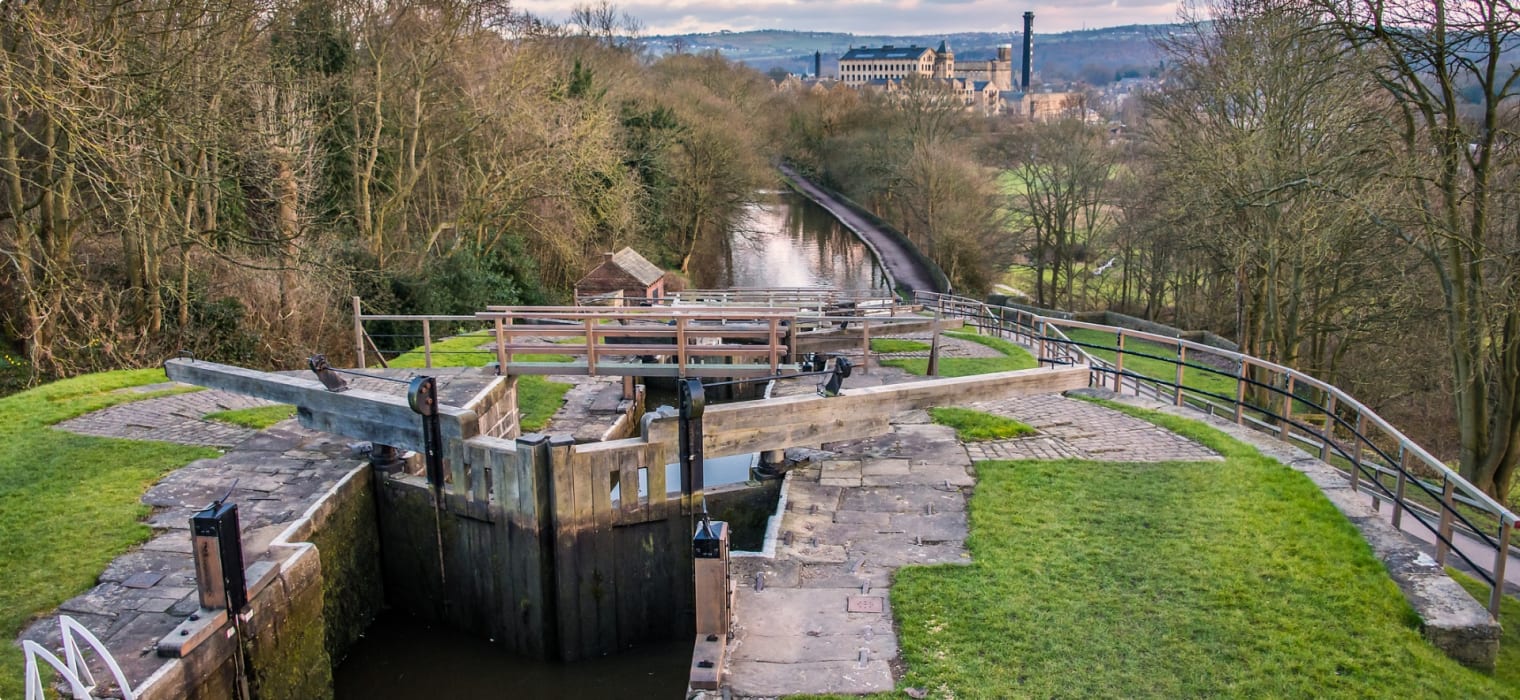
Canals and the Industrial Revolution
By Marco Stojanovik
The United Kingdom’s modern canal system emerged in the late 18th century in response to the changing demands initially of the Industrious revolution and then of the Industrial Revolution. This period saw the development of a number of new inventions, discoveries, and technologies, which allowed for the mass production of goods. This in turn widened employment opportunities, leading to mass urbanization as millions left the country to work in trade, industry, and manufacturing. As the manufacturing processes sped up across Britain, output increased, prices fell, and markets expanded.
Before the Industrial Revolution, the majority of goods were produced and distributed locally on a small-scale. Now, however, with the mass production of goods and commodities, large quantities needed to be moved to markets further afield. An economic and reliable transport system was required.
Roads, often no more than simple tracks, were poorly suited to handle such large weights and the necessary vehicles to move this produce did not exist. Even along the higher quality roads, travel based on horses carried risks when transporting fragile items (such as glass and china) and was inefficient to move goods such as fresh produce to markets quickly enough.
British waterways were favoured instead. Goods had long been exported and imported through large seaports such as Liverpool, Bristol and London, and there were thousands of navigable rivers in Britain to link to the ports. However, by the time of the Industrial Revolution, the problem was that these rivers didn’t link to the industrial north and the Midlands, and so there was no inland waterway to connect the mass-produced goods with the consumer-based south and ports for export.
Canals, the new road.
Canals provided the solution. A canal boat travelling along these man-made rivers could carry delicate products and heavy goods (totalling nearly forty tonnes of weight) over large distances from the industrial areas. And they could reach their destination in a timely fashion. It was a truly unprecedented advance in transport technology.
This article explores the significant role canals played in Britain’s Industrial Revolution. It is intended as background reading for Odyssey Traveller’s Canals and Railways in the Industrial Revolution Tour for mature and senior travellers. This escorted small group tour visits locations including Glasgow, London, New Lanark, Manchester, Liverpool and the Lake district. Along the way local guides and your tour leader share their knowledge tracing the history of the journey that is the Industrial Revolution.
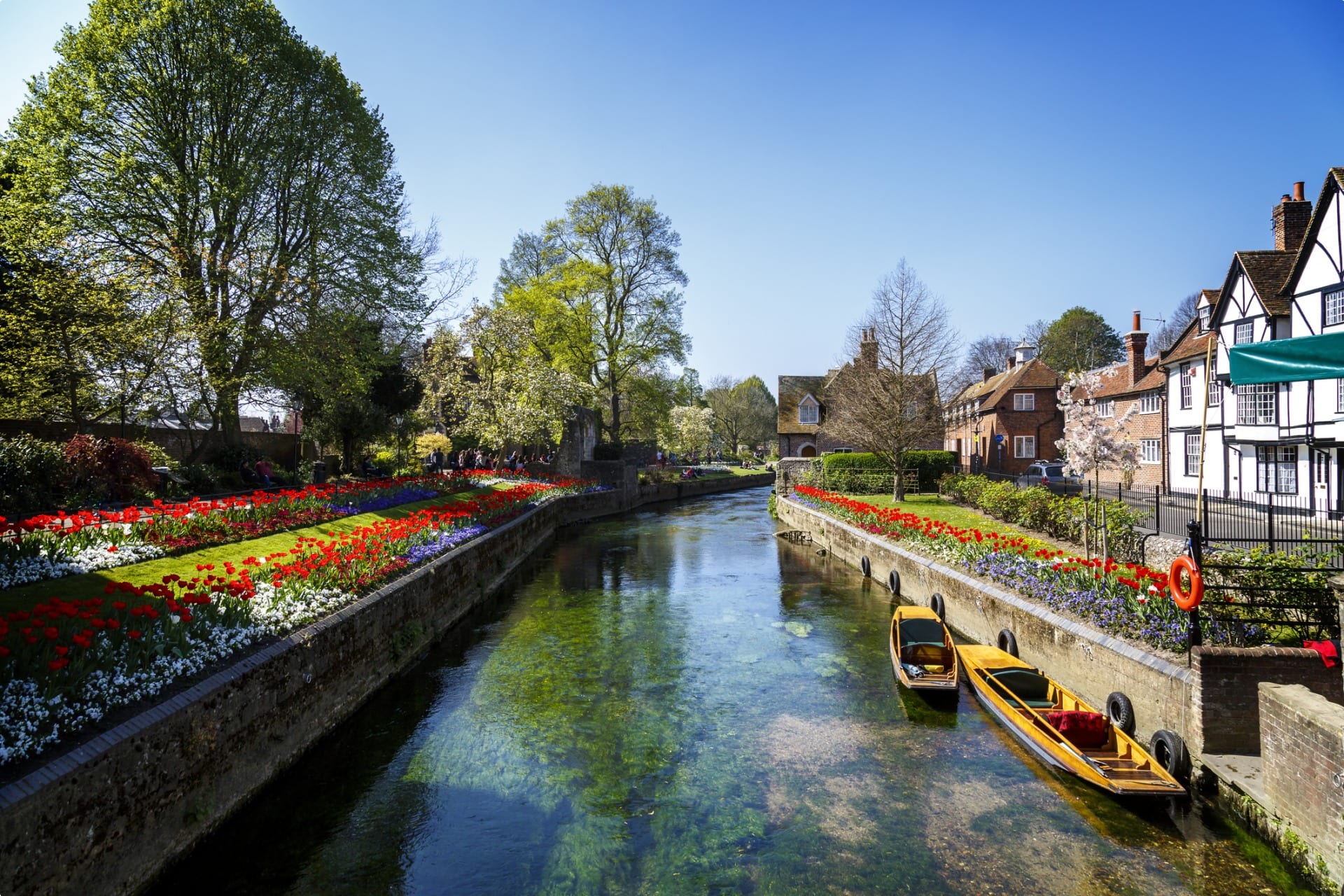
Bridgewater Canal, the begining.
The construction of the Bridgewater Canal was the catalyst for the great age of canal building in the second half of the eighteenth century. Completed in 1761, this was not Britain’s first canal, with the Sankey Canal having opened in 1757. However, it was the first British canal to follow a completely new route as the Sankey Canal itself followed a river. Funded by Francis Egerton, the Duke of Bridgewater, this new canal followed a route linking his coal mines in Worsley with Manchester.
Egerton came up with the idea during a tour of Europe, inspired by the 150-mile-long Canal du Midi, completed in France in 1681. Upon his return, he engaged the work of an engineer by the name of James Brindley to design and build the canal. Brindley had never built a canal before, but he was reputed for his work with waterpower. So, the duke took a risk and borrowed £25,000 (a large sum of money at that time) to pay for the project.
In the end the risk paid off, with the canal a huge success, making the duke a ton of money. Designed with a series of tunnels driven deeply into the coal mines, it was able to transport coal directly to the market in industrial Manchester. And as the canal’s most famous section, the Barton Aqueduct, bypassed the River Irvin, the Duke was able to avoid paying navigation tolls. Overall, this reduced the duke’s shipping costs by 50%, allowing him to supply cheaper coal to a wider market.
The duke became exorbitantly rich, while the rest of Britain’s industrialists witnessed what could be achieved with canals.
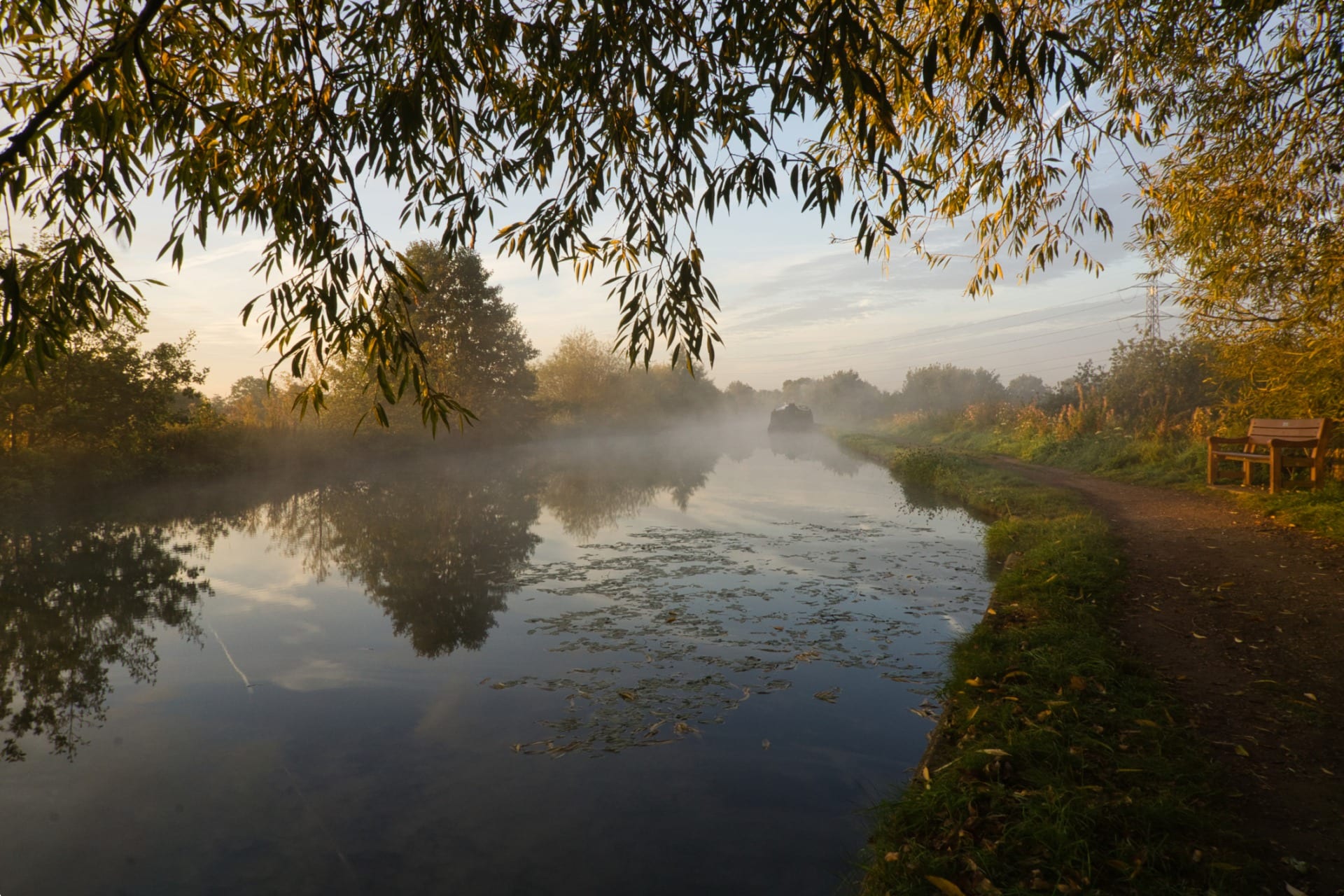
Josiah Wedgewood and the Trent and Mersey Canal
Inspired by the success of the Bridgewater Canal, Josiah Wedgwood, a Midlands pottery manufacturer and entrepreneur, instigated a number of similar projects. Josiah Wedgewood was the founder of Wedgewood china, a founder of luxury good manufacturing in England.
Wedgwood realised early the profits he could make by transporting his products by water. If he was to expand his business, he knew he would have to be able to export his pottery over large distances and in a quick and economical fashion. The rough and bumpy roads of the day, however, were too slow and risky, and risked easily damaging his fragile pottery. He thus integrated his factories with canals to ensure his delicate products could be transported all over Britain in one piece.
This most impressive project that Wedgwood was involved in was the Trent and Mersey Canal. This canal was also designed by James Brindley in 1766 as part of a network to link England’s four great rivers – the River Mersey, River Trent, River Severn, and River Thames. Wedgewood wanted the canal to bring in materials to his potteries on Stoke-On-Trent, and so with the help of two of his friends, Thomas Bentley and Erasmus Darwin, successfully petition Parliament for the route.
Eventually opening in 1777, the 93.5 miles (150.5km) long canal was England’s largest ever civil engineering project at the time. It ran through the east Midlands, west Midlands, and northwest England. And it overcame several natural problems such as the rolling hills of Staffordshire through the use of large tunnels.

The Trent and Mersey Canal allowed Josiah Wedgwood and other pottery factory owners in Stoke-On-Trent to transport their goods in larger volumes and at significantly reduced prices. In turn, the local potteries became one of the great ceramic centres of the world, transporting products all over the country and overseas.
As well as pottery, the canal moved raw materials (such as iron, coal, timber) and other goods all around the United Kingdom in large volumes. Serving as a crucial link between the industrial north and consumer-based south, it made it easier to mass produce consumer goods, contributing significantly to the industrial growth of the country.
Canal Mania
It soon became apparent that having a stake in canals could make you vastly rich and so people began to invest widely in them. By the 1790’s Britain was experiencing a so-called “Canal Mania”, with people investing their money into practically every canal project they could. Over 50 canals were approved to be constructed by parliament during this period, and by 1800 they extended over 6000km across Britain.
The canals were funded most by private venture capital, built as joint stock companies. With this, the first modern management structures were put in place. For many, the canals made a significant profit.
The canals linked coasts and navigable rivers, making British industry extremely more profitable. In the Midlands especially they served as the only real realistic means of water transport, allowing the region to boom.
Impact of the Canals
The canal was widely heralded as a symbol of progress in the early Industrial Revolution. William Bray, for example, wrote in his Sketch of a Tour in Derbyshire and Yorkshire (1783), “’These undertakings are truly stupendous, and strongly mark the spirit of the enterprise which is so much the character of the present age.”
Indeed, the canals were a revolutionary feat of engineering, playing a major role in the industrialization of Britain. They were extremely important in facilitating the transportation of a greater volume of goods, more quickly, easily, and in a far cheaper manner. In doing so they dramatically reduced the costs of moving raw materials to factories and finished goods to market.
The canals allowed many new markets to open in various locations, with goods produced on scale transported all over the country. Further, as seaports could now be connected to inland trade, products could also easily be shipped to destinations overseas.
Coal particularly was able to be exploited in greater numbers, moved further, and sold cheaper. From 1760 to 1800, 90 of the 150 canal acts passed by parliament were for coal purposes. This allowed industries such as iron that were heavily dependent on coal to fulfil their demands and flourish.
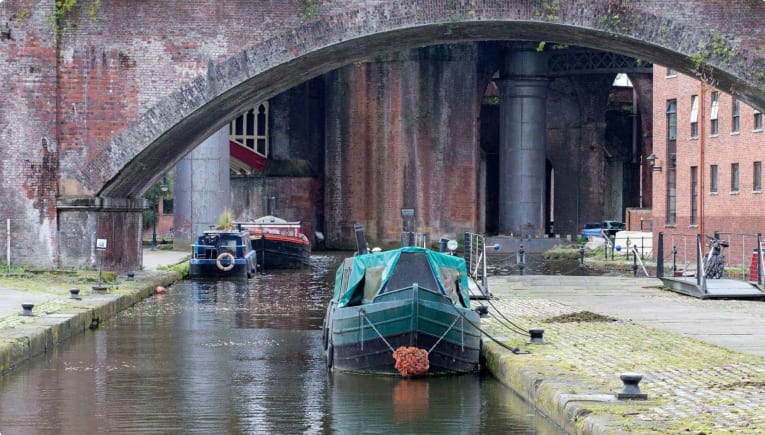
Moreover, many jobs appeared following the success of the canals, with more markets opening and much more goods being produced. For example, many new opportunities arose in in mining, hardware, the potteries, and other industries. Canal stock companies – able to sell shares and buy land – also brought in wide investment and jobs to areas around construction. All gave the working man the opportunity to expand his business into an industry.
Jobs were also created on the canals. A new, paid labour force called navigators, or “navvies”, emerged to build the huge canal network. These men worked long and hard to construct the canals, using picks, shovels, wheelbarrows, and gunpowder. Workers were also employed to load and unload the canals. With more people earning money, they were able to spend more on the new markets and further fuel industry’s growth.
Decline of the Canals
Despite the benefits of canals, they still had their issues. As not all areas were environmentally suited for them, they could not extend entirely across Britain. Instead, they were largely restricted to operating in the Midlands and North West England, with some major areas across the country such as Newcastle having relatively few. Neither were the canals all connected by an organized national network.
Further, as there was no central planning, different builders built different size canals. This meant different sized canal boats were needed on different canals, which limited movement as boats didn’t always fit on canals built by another engineer.
The canals were also dependent on viable weather temperatures. In the winter they could freeze solid, while the sun of a hot summer could dry them out easily if they were not topped up with water regularly.
Moreover, although a faster and more efficient means than other transport, their speed was still limited. As such, items still had to be ordered well in advance, food that rotted quickly couldn’t be transported this way in the time before refrigeration, and the canals were not attractive for passenger travel. Eventually, better roads were constructed and better horse drawn carriages developed, which were more comfortable for passengers.
But it was the introduction of the railway in the 1830s that dealt the final death blow to the canals as a major network for freight. Although they managed to remain competitive for some time, by the 1850s the railways had replaced the canals as the primary method of transport in Britain. Faster and integrated in a national network, the railways were too stem a competition for the canals to compete with in the 19th century.
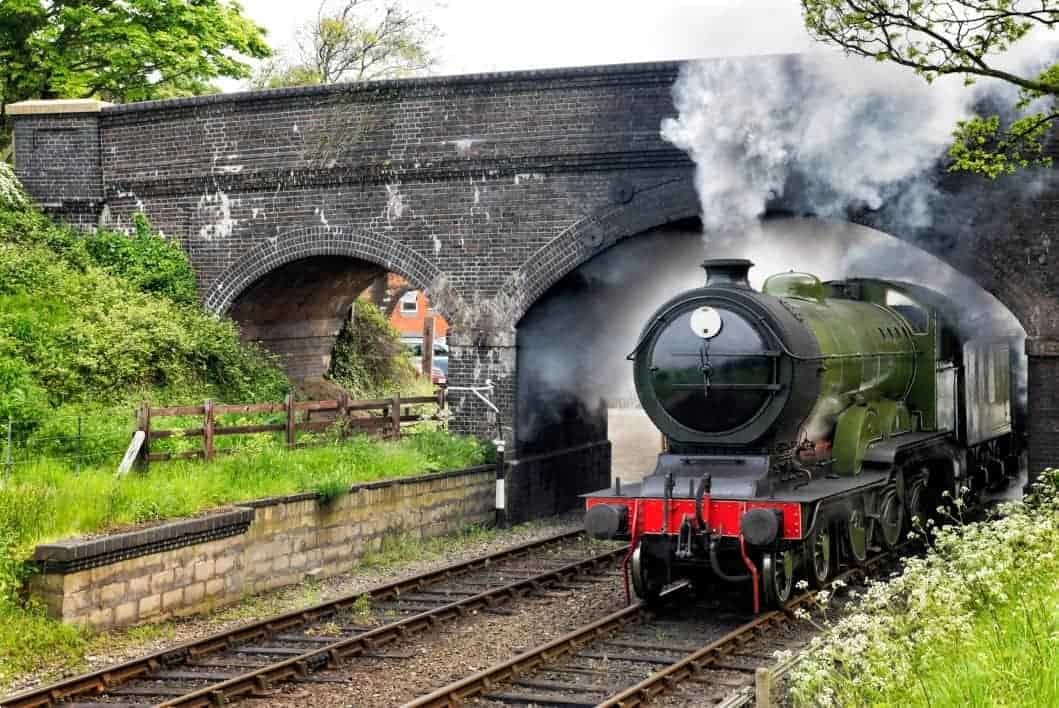
Tour of Industrial Britain
Learn more about the canals and railways of the Industrial Revolution with Odyssey Traveller’s 23-day Industrial Revolution Tour. Learn how the Industrial Revolution after the Industrious Revolution brought significant and lasting change to Britain. Discover how engineers overcame geographical obstacles using viaducts, bridges, aqueducts, tunnels, and locks. Witness first hand the ground breaking technology and the many impressive structures that transformed Britain’s economy, some now restored for recreational purposes. Led by local guides selected for their expertise, we also provide the opportunity to examine and discuss the resulting social upheaval.
Packed to the brim with history, culture, and striking scenery, Great Britain and Ireland have a lot to offer the traveller. Our small group tour of the British isles are perfect for the mature or senior traveller who wants to explore the history of Britain and Ireland as part of an intimate guided tour with an expert local guide. The Industrial revolution tour, you can explore the must-see sights, while nonetheless offering experiences that venture off the beaten path on Odyssey Travellers collection of small group British tours.
Or you can join Odyssey Traveller’s Agrarian and Industrial Britain Tour. This escorted tour with a tour director and knowledgeable local guides takes you on a 22 day trip to key places such as London, Bristol, Oxford & York, where Britain’s industrial history was made.
This small group tour focuses on two major elements of British history: the Agrarian Revolution and the Industrial Revolution. It explores critical elements of these revolutions and the impact that they had on the Great Britain we know today. This is a tour designed for the mature couple or solo traveller who is looking for an adventure that combines a fascinating history with beautiful scenery and unique landmarks.
During the tour, you will visit the remnants of many of Britain’s industrial-related structures preserved in the landscape and cities of today. You will visit some of the wonders of the revolutions and key locations recognized as iconic landmarks of British history. If you want to get more out of your vacation and uncover a new side of British history, then this is the holiday for you. The Agrarian and Industrial Britain tour will give you an amazing insight into the development of what was one of the world’s greatest powers.
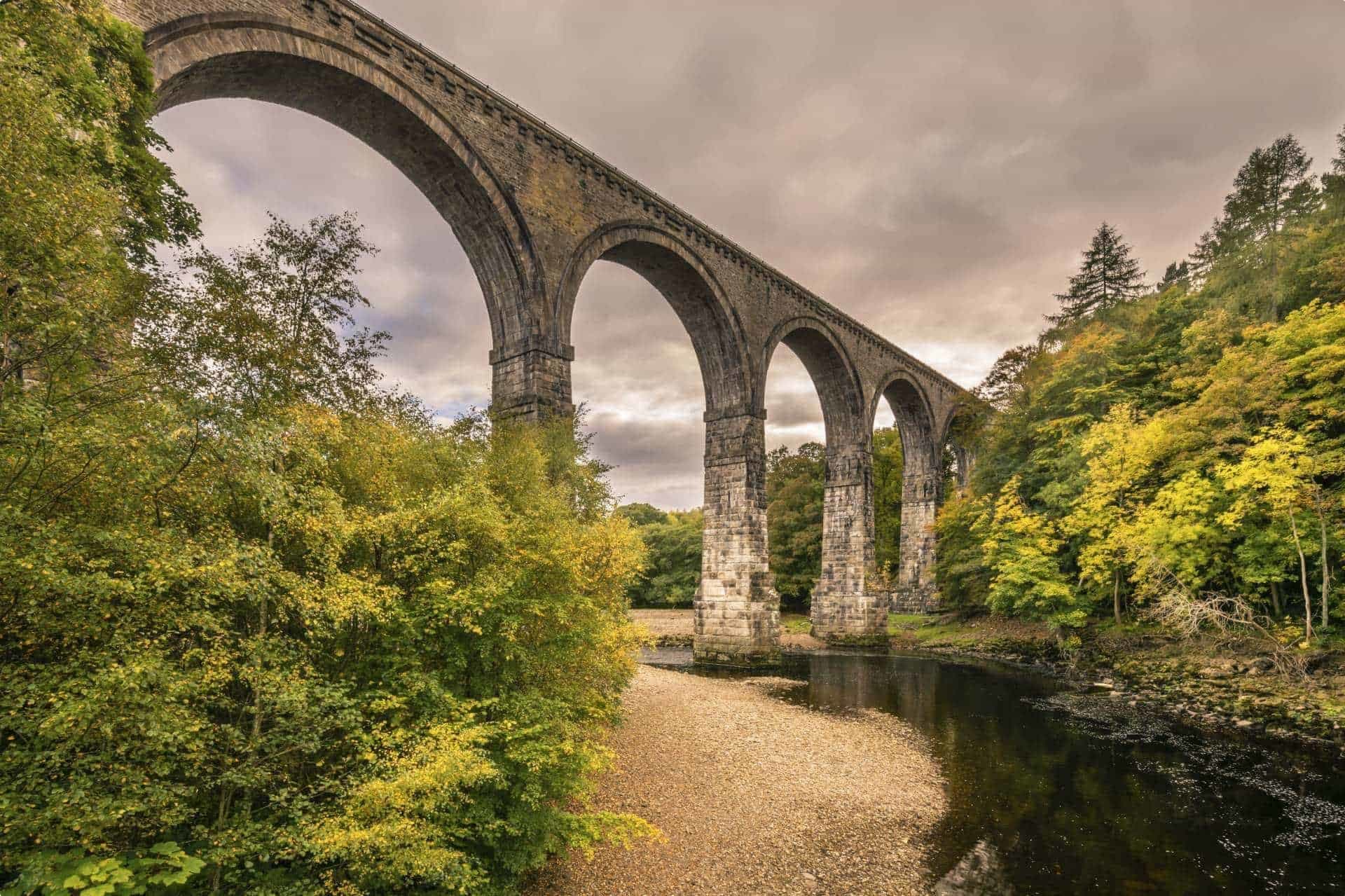
Articles about Britain published by Odyssey Traveller:
- The London Underground
- Victorian Women’s Fashion
- Queen Victoria’s Britain, Part 1 and Part 2
- Understanding British Churches
- Georgian Architecture
- London’s Victorian Architecture
- Personalities from Queen Victoria’s Britain
External articles to assist you on your visit to Britain:
- National Parks UK
- William the Conqueror (History.com)
- Queen Victoria
- The Royal Parks of London
- The Royal Mausoleum
Related Tours

23 days
Oct, Apr, SepCanals and Railways in the Industrial Revolution Tour | Tours for Seniors in Britain
Visiting England, Scotland
A small group tour of Wales, Scotland & England that traces the history of the journey that is the Industrial revolution. Knowledgeable local guides and your tour leader share their history with you on this escorted tour including Glasgow, London, New Lanark & Manchester, Liverpool and the Lake district.
From A$17,860 AUD
View Tour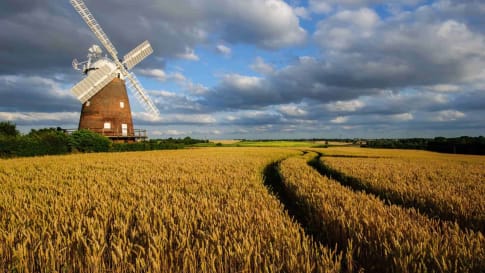
23 days
AprAgrarian and Industrial Britain | Small Group Tour for Mature Travellers
Visiting England, Wales
A small group tour of England that will explore the history of Agrarian and Industrial period. An escorted tour with a tour director and knowledgeable local guides take you on a 22 day trip to key places such as London, Bristol, Oxford & York, where the history was made.
From A$17,275 AUD
View Tour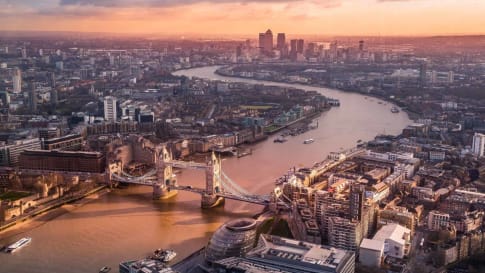
6 days
Apr, SepLondon Short Tour
Visiting England
A small group tour of London is a collection of day tours that visit and explore through the villages of the city. This escorted tour includes a journey out to Windsor castle. We explore Contemporary and learn about Roman Walled city, Medieval, Victorian London and the contemporary city today.
From A$6,995 AUD
View Tour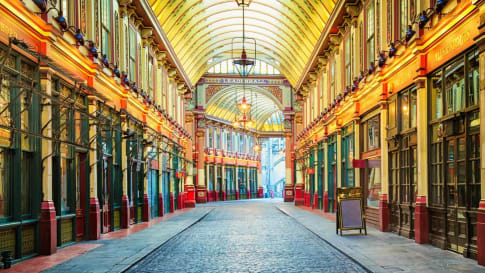
21 days
Sep, JunQueen Victoria's Great Britain: a small group tour
Visiting England, Scotland
A small group tour of England that explores the history of Victorian Britain. This escorted tour spends time knowledgeable local guides with travellers in key destinations in England and Scotland that shaped the British isles in this period including a collection of UNESCO world heritage locations.
From A$15,880 AUD
View Tour
From A$13,915 AUD
View TourRelated Articles
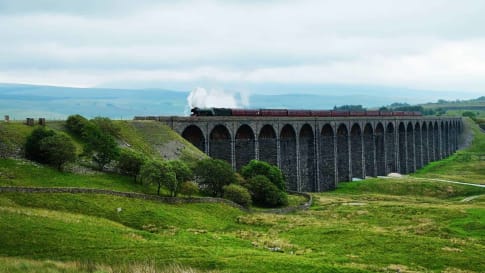
15 books on Britain's Industrial Revolution
Fifteen books on Britain’s Industrial revolution This reading list on Britain’s Industrial revolution complements Odyssey Travellers escorted small group tour that traces via the canal and railway network, the evolution of this monumental change in…
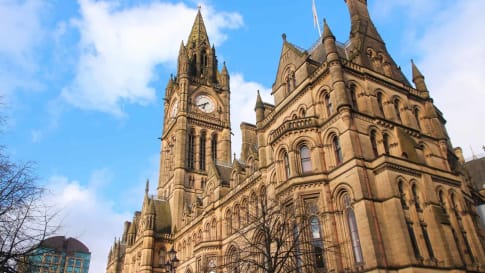
Bees in Manchester: a surprising symbol of the Industrial Revolution
Bees in Manchester: a surprising symbol of the Industrial Revolution The bee is an intriguing symbol for the city of Manchester. The city’s damp climate provided the ideal conditions for milling cotton. But this is…

Britain: First Industrial Nation
Britain: The First Industrial Nation In the mid-18th century, the Industrial Revolution was largely confined to Britain. Historians and economists continue to debate what it was that sparked the urbanisation and industrialisation that would change…
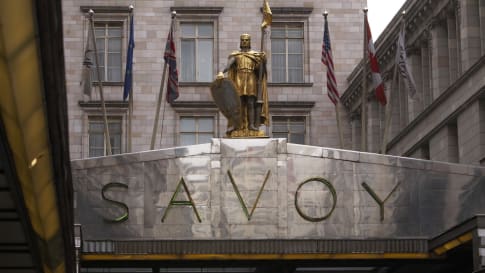
D'Oyly Carte's family
Great Britain has a history of influencers the D'Oyly Carte family is one of them. They shaped London, and the Gilbert and Sullivan history from Devon to Harrogate. Learn more with this article for a small group educational tour for senior couples and mature solo travellers.

Exploring Jane Austen’s England
Exploring Jane Austen’s England Jane Austen The reach and magnitude of Jane Austen’s influence on modern readers may make one forget that she only had six novels to her name (three of which were published…

Industrial Revolution. Britain's contribution to the world
Britain and the industrial revolution. A progressive period that spanned Queen Victoria's period. Small group package tours for mature and senior travellers explore this fascinating period of history across England and Scotland and key cities such as Manchester, Liverpool, Newcastle and Glasgow.
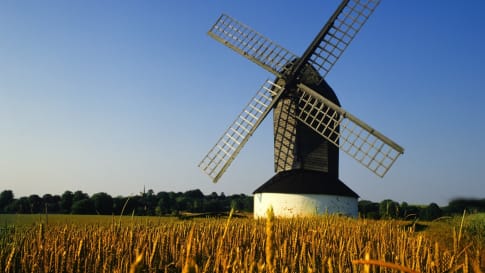
Industrious Revolution
Article for senior couples and mature solo travelers curious about the foundation for the Industrial revolution of Britain and Europe. Leads the reader to Scotland and the Derwent valley mills and to Manchester and Newcastle upon tyne in a period of great expansion.
Yorkshire, England in the 17th-19th Centuries
Article to support escorted small group tours to Northern England for senior couples and mature solo travellers. Learn and explore not only about Yorkshire and walking the Wainwright, but Durham Newcastle, the romantics of the Lake district or the inspiration for English literature.



